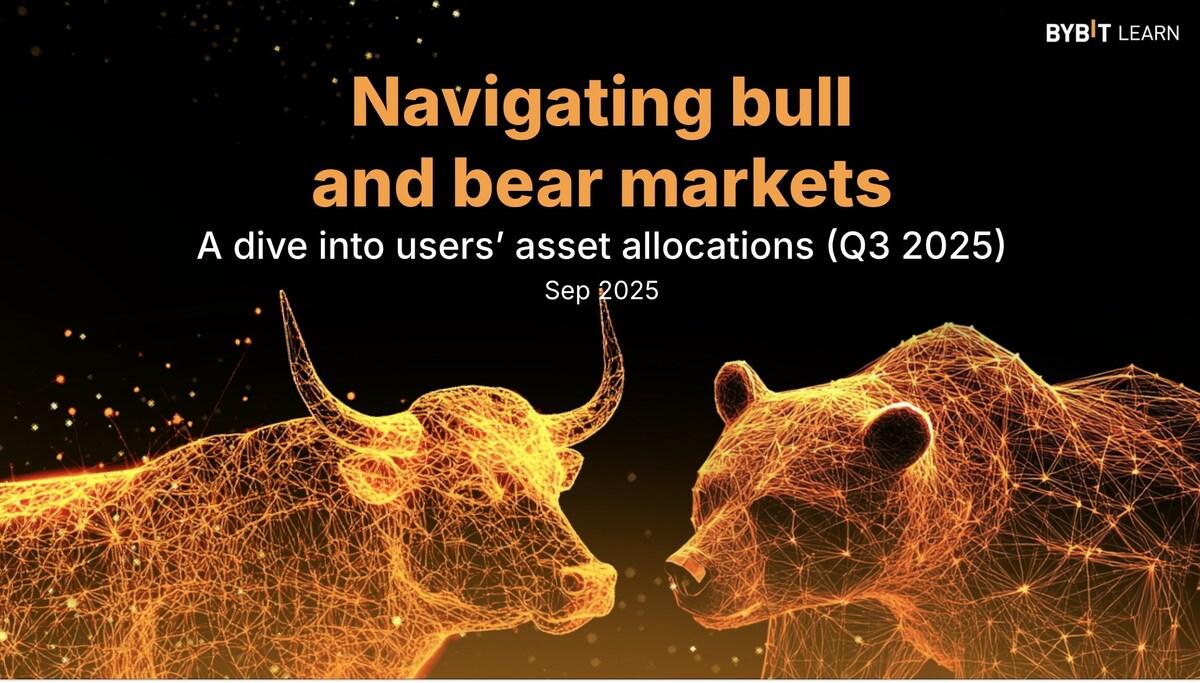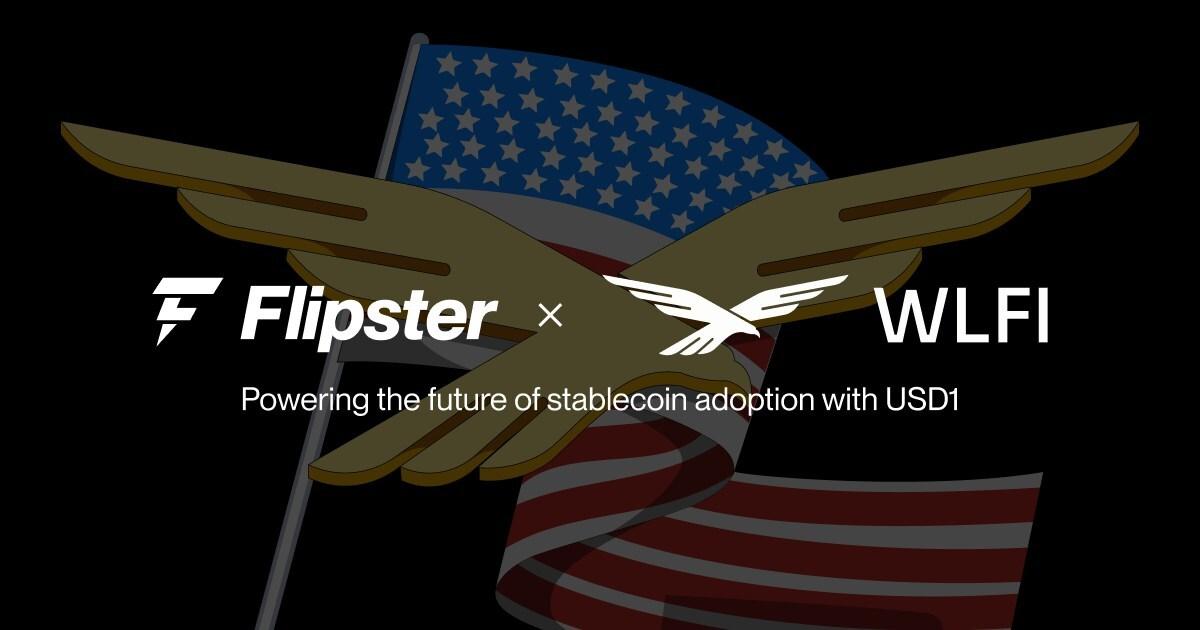Tokenized real-world assets: new fuel for the economy | Opinion

In early 2025, the market capitalization of tokenized real-world assets (RWAs) on public blockchains surged to nearly $18 billion, up from approximately $10 billion just a year earlier. This figure could reach $50 billion by year-end, supported by stablecoin liquidity exceeding $238 billion. What began as a niche experiment is now increasingly embraced by major institutions, including BlackRock, JPMorgan, Visa, and Siemens, who view tokenization as a pathway to more efficient markets.
These assets span a wide spectrum of tangible and financial products, from metals and energy to real estate, ETFs, and stocks, all digitized and traded on blockchain platforms. As tokenization gains traction, the question is whether it marks a lasting shift in the global economy or just another fleeting, effort-draining crypto distraction.
Why RWAs are not ready for the spotlight yet
While the growth trajectory of RWAs is impressive, posting an almost 85% year-on-year increase, structural impediments continue to hamper mainstream adoption.
One of the most significant obstacles is the lack of regulatory clarity and standardized frameworks across jurisdictions. Institutional investors remain cautious due to uncertain legal enforceability, opaque custody arrangements, and limited liquidity, which undermine confidence in these instruments.
For tokenized assets to break through, the bridge between TradFi and blockchain must be secure, transparent, and compliant. That means strict regulatory adherence, smart contracts vetted by independent auditors, and clear legal rights tied to real, verifiable assets. It also demands tech that works across chains, full visibility into how tokens move, and service-level agreements that guarantee performance. These principles are essential to ensure the transparency, security, and scalability that large-scale market players expect.
MultiBank Group fulfils these demands. Moreover, consistent international standards could reduce fragmentation and encourage broader participation.
Why RWAs still matter
Despite challenges, tokenization is stepping up as one of the most promising intersections between traditional and decentralized finance. By making previously illiquid assets accessible to a wider audience, these new products lower barriers for retail participants. For example, fractionalized real estate enables investors to acquire exposure without purchasing an entire property, a crucial advantage in markets with high entry barriers.
They also enhance liquidity by enabling 24/7 trading on secondary markets, transforming assets like real estate, private debt, and securitized products into more tradable instruments. This supports better price discovery and expands opportunities for global buyers.
By anchoring blockchain networks like Ethereum and Solana in institutional settlement and DeFi use cases, RWAs move beyond speculation and into practical territory. With stablecoin liquidity now over $200 billion, these networks are well positioned to support real-world collateral, income-generating tools, and structured financial products, bringing lasting utility to a space often dismissed as hype-driven.
Importantly, this approach bridges the credibility gap for digital assets. Tying tokens to tangible, verifiable assets provide a more accessible and trustworthy entry point for investors who remain sceptical of purely online instruments.
This is where MultiBank Group and similar companies step in. With experience spanning both TradFi and blockchain, their vision is to lead the integration of RWAs into regulated digital financial markets, enabling broader engagement through secure, compliant infrastructure.
The road to trillions
Medium- and long-term forecasts for RWAs point to exponential growth as regulatory clarity improves and blockchain infrastructure matures. By 2030, tokenized assets, including equities, bonds, real estate, and gold, could reach $30 trillion, with property-related offerings exceeding $4 trillion by 2035.
This trajectory is fuelled by institutional momentum, advancing scalability, and clearer regulations. Stablecoins and treasury-backed assets, already totalling $200–300 billion, provide liquidity, while major players like BlackRock, JPMorgan, and Franklin Templeton continue investing, underscoring confidence in the sector.
RWAs are increasingly regarded as a cornerstone of institutional adoption, with trillions in traditional assets expected to move on-chain within three to five years. Regulated platforms connecting TradFi and DeFi are set to accelerate this shift, opening new opportunities for both retail and institutional investors.
By bridging the trust gap between TradFi and crypto, these new instruments anchor digital assets in real-world value and move the industry closer to mainstream acceptance. Market participants who embed RWAs into regulated, transparent products will be best positioned to lead this transition.
The Proof is in the Purpose
MultiBank Group is putting this principle into action with $MBG, giving users access to a $3 billion tokenized real estate initiative in Dubai. Through its partnership with MAG and Mavryk, it opens the door to income-generating property markets previously limited to institutional players, making token utility a tool for real inclusion.
Practical use is what sets lasting tokens apart from speculative cycles. The more integral a token becomes within an ecosystem, the more resilient its value, but that utility must be built – through smart design, a capable team, and tangible benefits for users.
When those pieces are in place, utility becomes the clearest signal of long-term viability – an indicator of relevance, adaptability, user demand, and sustained value in the evolving digital economy.
Tokenized assets still face hurdles, yet dismissing them overlooks their functional value. By anchoring digital tools in real assets, RWAs improve market access and liquidity. As frameworks tighten and trust builds, this asset class will complement traditional finance with greater efficiency – and steadily expand what’s possible within it.
By Zak Taher, CEO at MultiBank.io
Zak has been in the finance industry, particularly in Forex, CFD brokerage, and crypto finance, since 2006. In 2020, he joined MultiBank Group, one of the world’s largest financial derivatives institutions with $322 million in paid-up capital.
Disclaimer: This is a sponsored article and is for informational purposes only. It does not reflect the views of Crypto Daily, nor is it intended to be used as legal, tax, investment, or financial advice.




